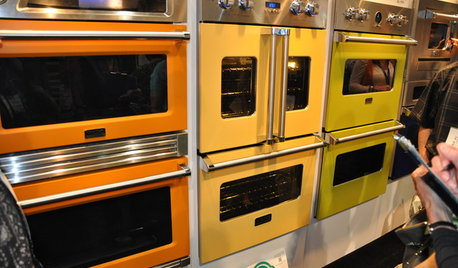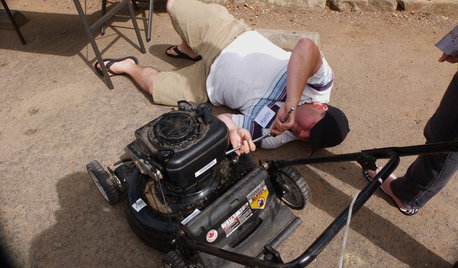Why sensor electronics are easily damaged from the thunderstorms?
compiler
12 years ago
Featured Answer
Sort by:Oldest
Comments (20)
wayne440
12 years agobrickeyee
12 years agoRelated Professionals
New Bern General Contractors · Arlington General Contractors · Evans General Contractors · Midlothian General Contractors · Owosso General Contractors · Parsons General Contractors · Springboro General Contractors · The Hammocks General Contractors · Troutdale General Contractors · Muscoy Solar Energy Systems · Half Moon Bay Solar Energy Systems · Ramsey Solar Energy Systems · Homer Glen Solar Energy Systems · Park Ridge Home Automation & Home Media · San Pablo Home Automation & Home Mediacompiler
12 years agocompiler
12 years agokurto
12 years agobrickeyee
12 years agocompiler
12 years agokurto
12 years agoyosemitebill
12 years agobrickeyee
12 years agocompiler
12 years agobrickeyee
12 years agonewjerseybt
12 years agoyosemitebill
12 years agobrickeyee
12 years agocompiler
12 years agodon_1_2006
12 years agocompiler
12 years agobrickeyee
12 years ago
Related Stories

DECORATING GUIDES5 Ways to Organize Your Home Electronics
Always losing your phone charger? Tired of digging for that missing DVD? Try these ideas for managing your favorite home gadgets
Full Story
KITCHEN DESIGNStandouts From the 2014 Kitchen & Bath Industry Show
Check out the latest and greatest in sinks, ovens, countertop materials and more
Full Story
HOMES AROUND THE WORLDHousehold Habits and Customs to Borrow From Other Countries
Discover why salt may be the perfect house-warming gift, how to clean rugs in snow and why you should invest in a pair of ‘toilet slippers’
Full Story
EVENTSDon't Throw Away Another Household Item Before Reading This
Repair Cafe events around the world enlist savvy volunteers to fix broken lamps, bicycles, electronics, small appliances, clothing and more
Full Story
ART10 Simple Ways to Display and Enjoy Printed Photos
Are your photos lost in limbo on your electronic devices? Bring them out into the open with these viewing-friendly ideas
Full Story
ACCESSORIESHow to Hide Those Messy Wires
Untangle Yourself From Ugly Electrical Cords With a Few Tricks and Accessories
Full Story
PATIOS6 Patio Cover Types to Shade You in Style
Protect yourself and your deck from the blazing sun with umbrellas, cloth, built structures — or nature's perfect shading solution
Full Story
PETS6 Ways to Help Your Dog and Landscape Play Nicely Together
Keep your prized plantings intact and your dog happy too, with this wisdom from an expert gardener and dog guardian
Full Story
HOMES AROUND THE WORLDWorld of Design: 11 Book Lovers and Where They Like to Read
Bibliophiles across the globe reveal their top books and favorite reading spots, from a 2-story library to an artfully curated book nook
Full Story
COLORPaint Your Bookcases to Transform Your Room
Give your shelves some color for a whole new look. Here are 10 examples, from subtle to bold, and some styling tips to try
Full Story








brickeyee